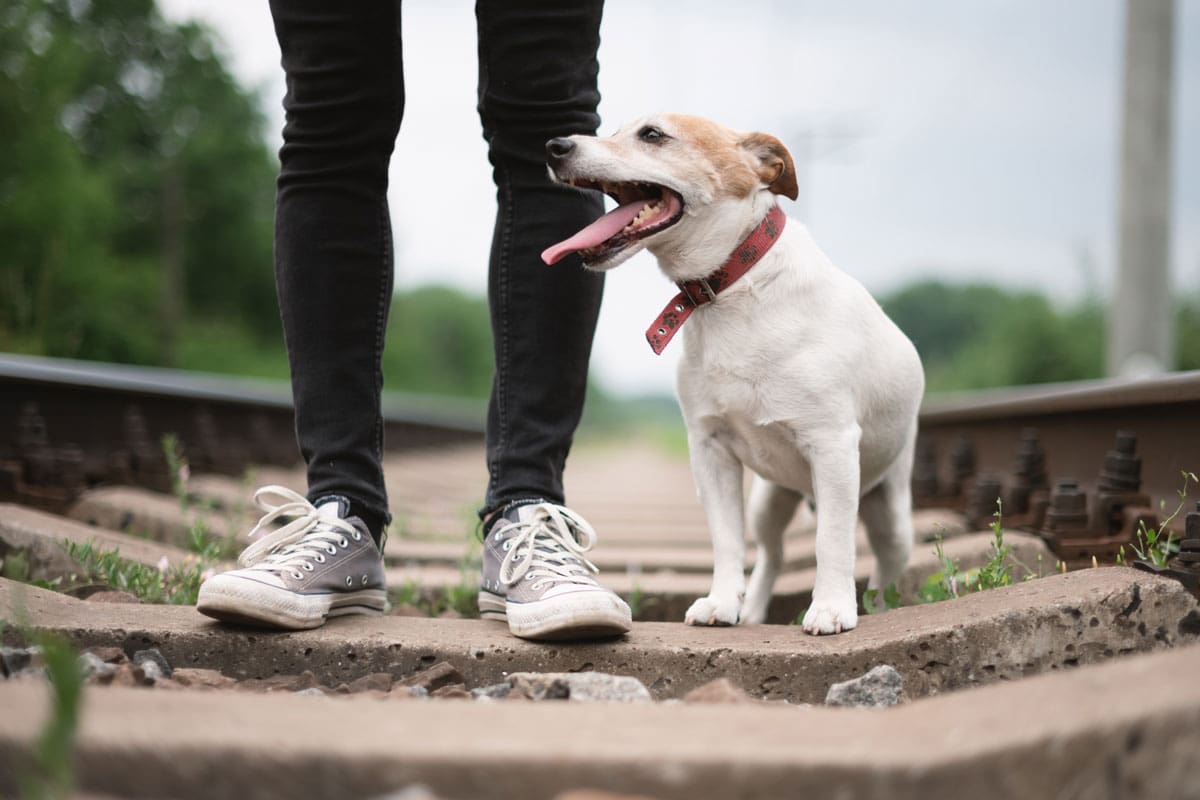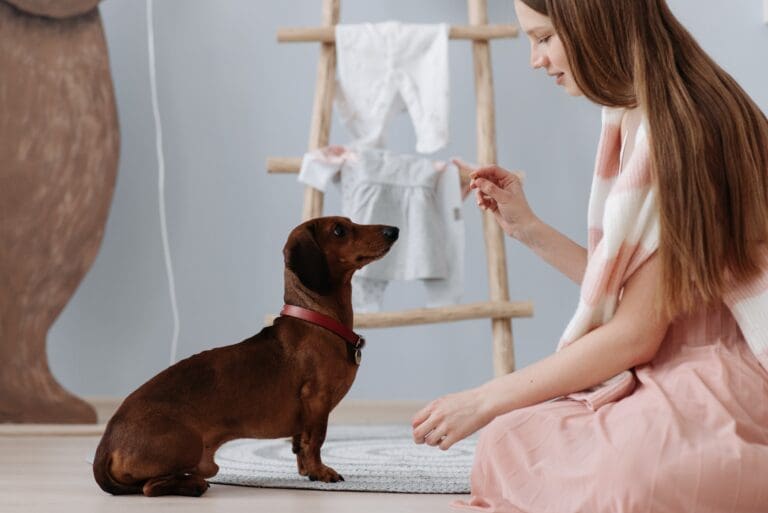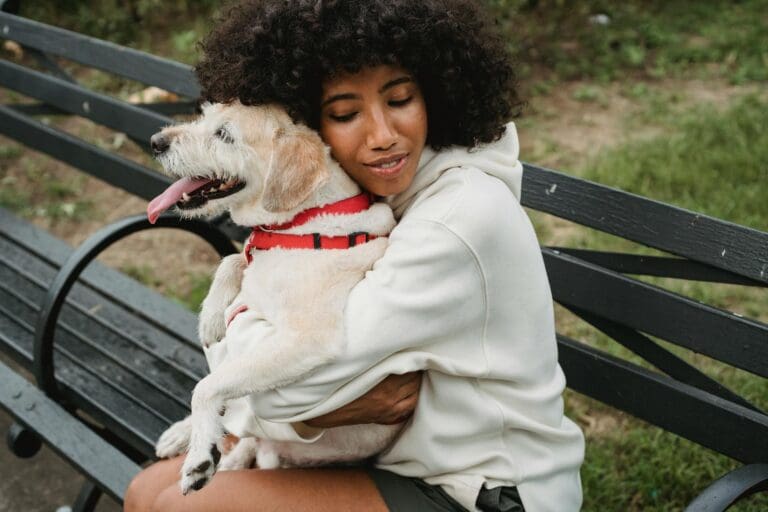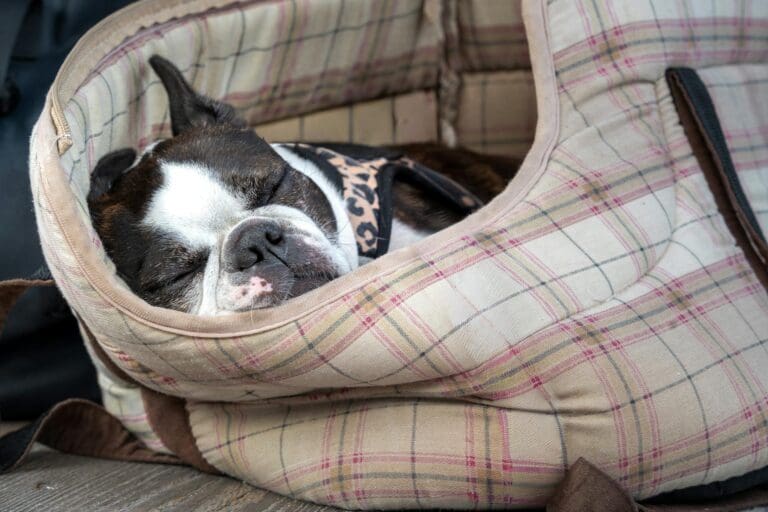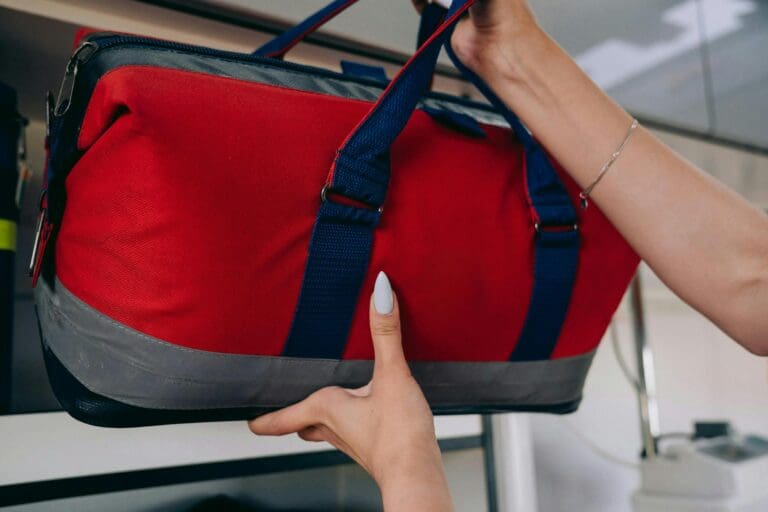If your dog appears to be panting excessively, don’t panic. The first thing you need to do is assess the cause of their distress. Today, we’re looking at ways to determine why your dog is panting and what to do about it.
Being overheated is only one of several factors that could be causing your pooch to pant. Various triggers of stress could also cause the behavior, including separation anxiety, loud noises, hectic environments, and more.
Here are some easy tips to follow that you can use to assess the potential cause behind your dog’s panting and practical solutions. If you are unable to ease your dog’s anxiety, seeking a consultation from a veterinarian is recommended.
1. A Calm Dog Starts With a Calm You
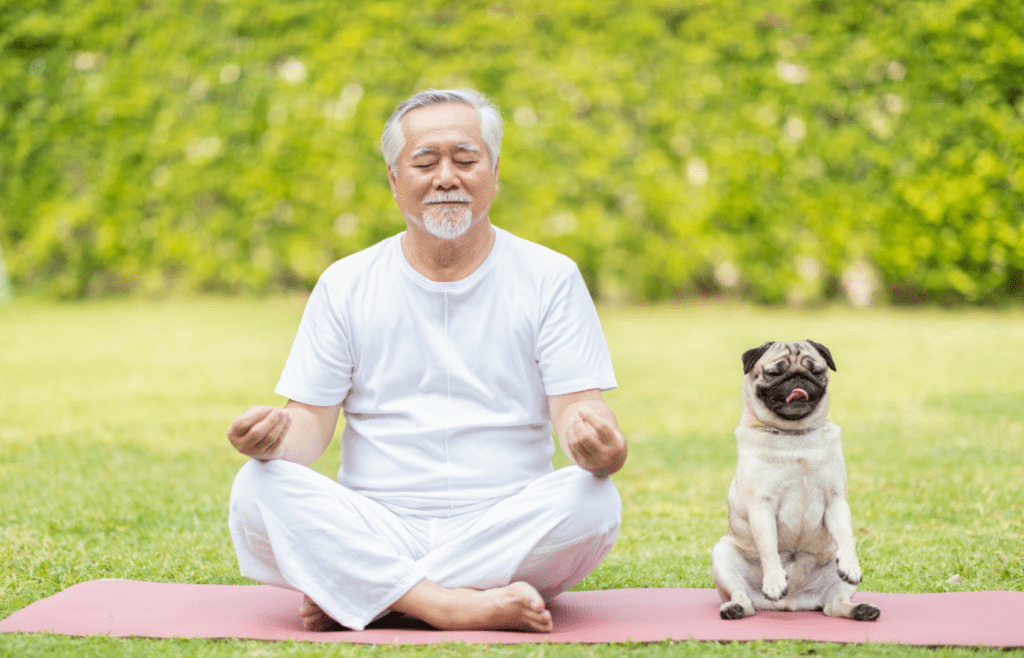
If you find your dog panting, remain calm. Dogs have a way of picking up on our energy. If you remain calm, you are signaling to your dog, “There’s no reason to be excited.”
Also, stay close to your dog when they’re panting. If they are panting due to anxiety, your presence and calm demeanor will have a calming effect on them.
2. Calming an Overheated Dog
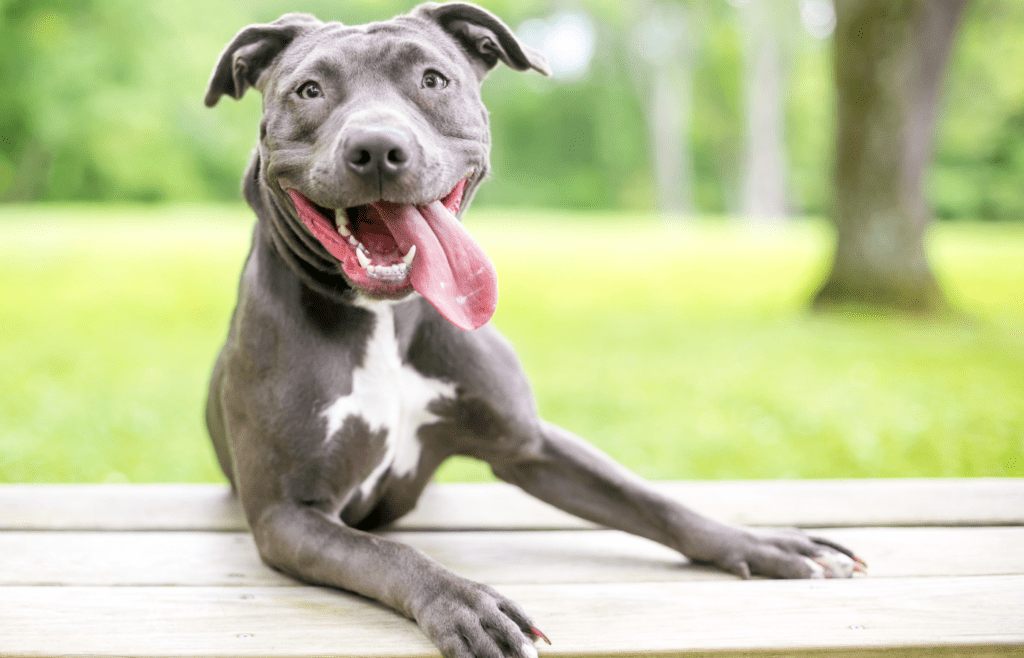
If the weather is significantly warm or hot and your dog is panting, chances are your dog trying to cool down. Dogs cool themselves by evaporating moisture on their tongue by panting. This also evaporates the moist lining of their lungs and cools them down, according to Psychology Today.
If you are outdoors, get your dog out of the sun. Find some shade or take your dog inside somewhere where it is cool.
3. Other Ways to Cool a Panting Dog
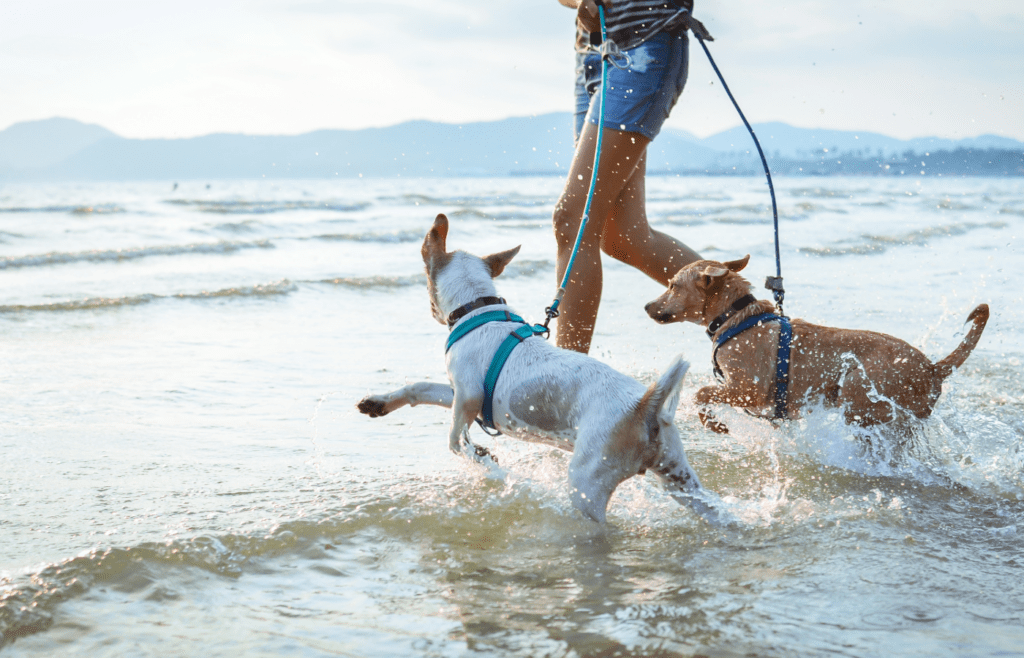
Biologically, dogs can’t lose heat very easily, so this can be problematic in hot weather.
If there is water nearby, such as a river, stream, or shallow pool, take the dog into the water and splash it on their fur and head. If there is a hose nearby, showering your dog with cool water should help.
4. Make Sure the Dog is Hydrated
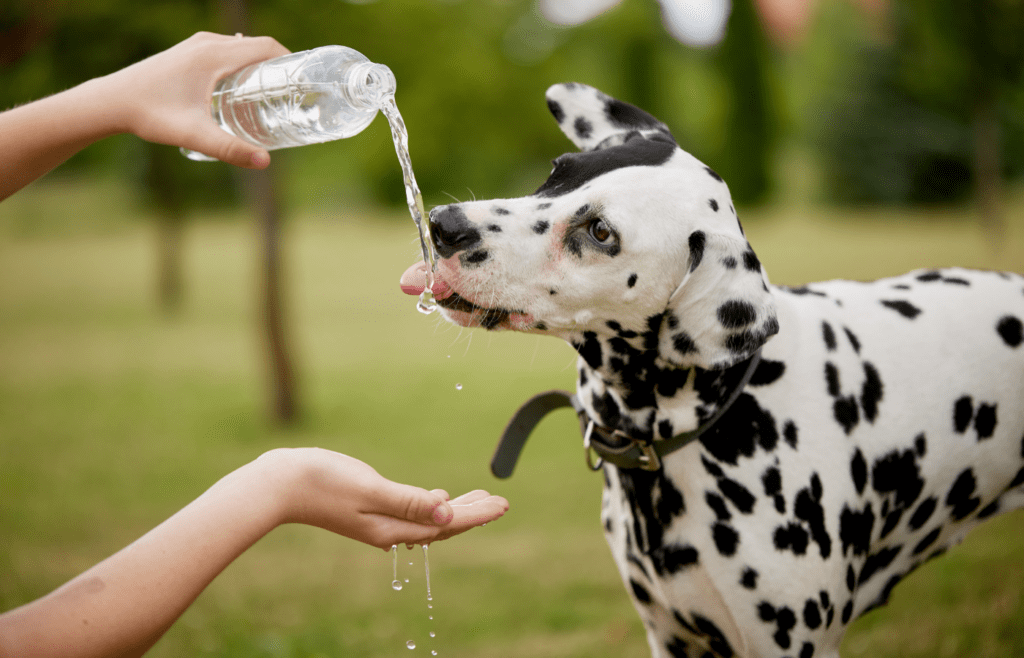
Dogs will pant from being thirsty, as well as from heat. Give them cool water. You can also give your dog ice cubes, but water first is a must.
5. Calming an Anxious Dog
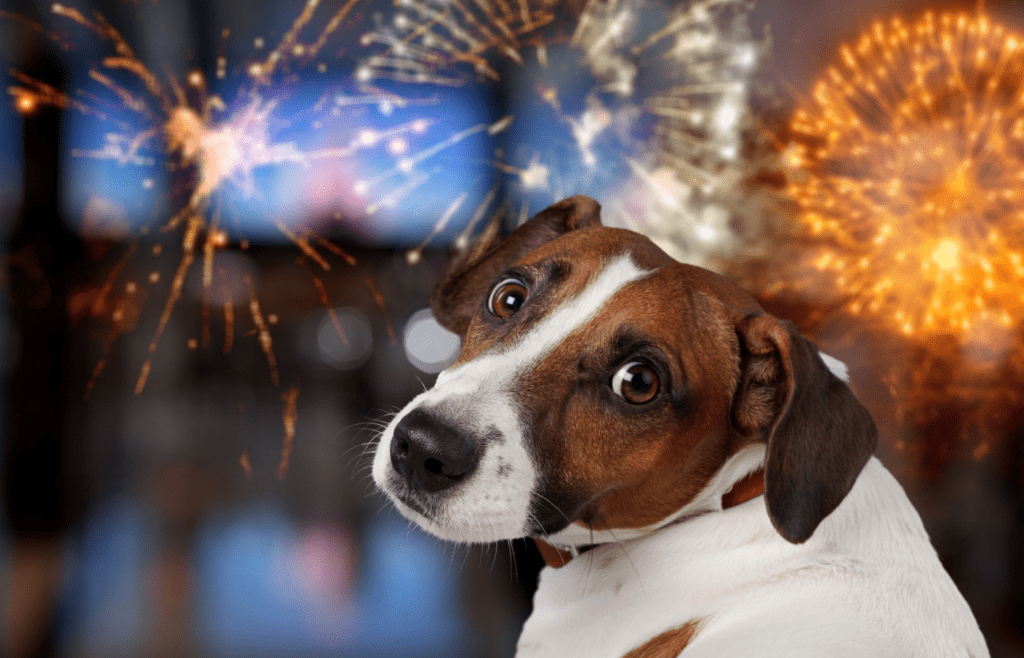
Certain environments can make a dog anxious. Foremost are those that are noisy, such as thunder or fireworks. Situations that are frantic with people and hustle and bustle can also be overwhelming for a dog.
The solution is to take your dog to a quiet, non-hectic environment.
6. Calming with Chemicals
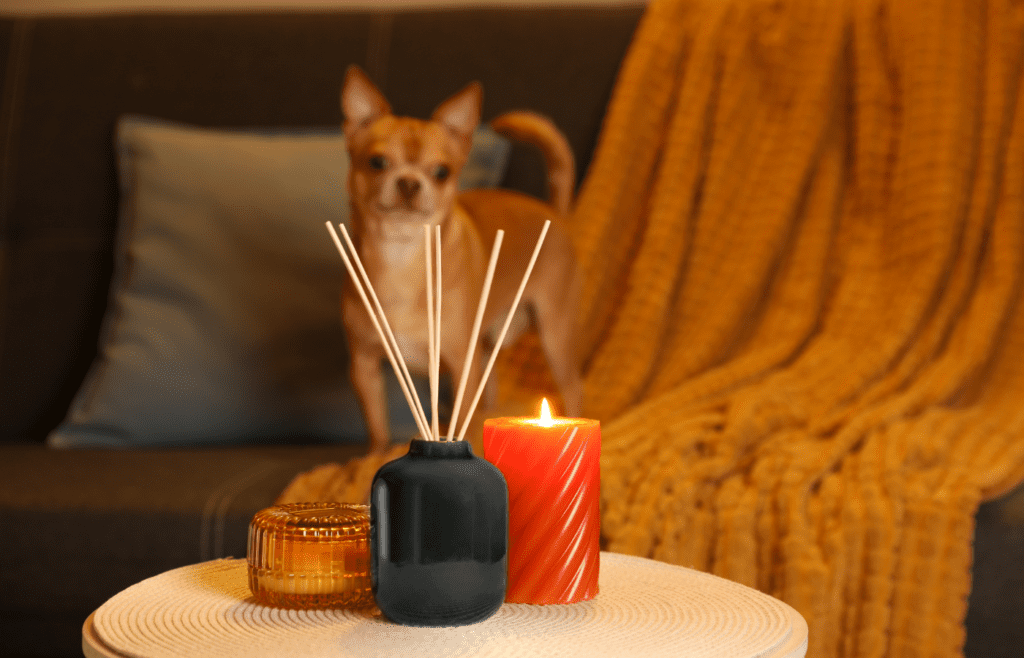
There are diffusers, sprays, and collars that can also help calm your dog. Such products contain pheromones that can help anxious dogs become calm, and ease their trembling.
These calming chemicals use pheromones that mimic a nursing mother’s pheromones.
7. Use an Anti-Anxiety Garment
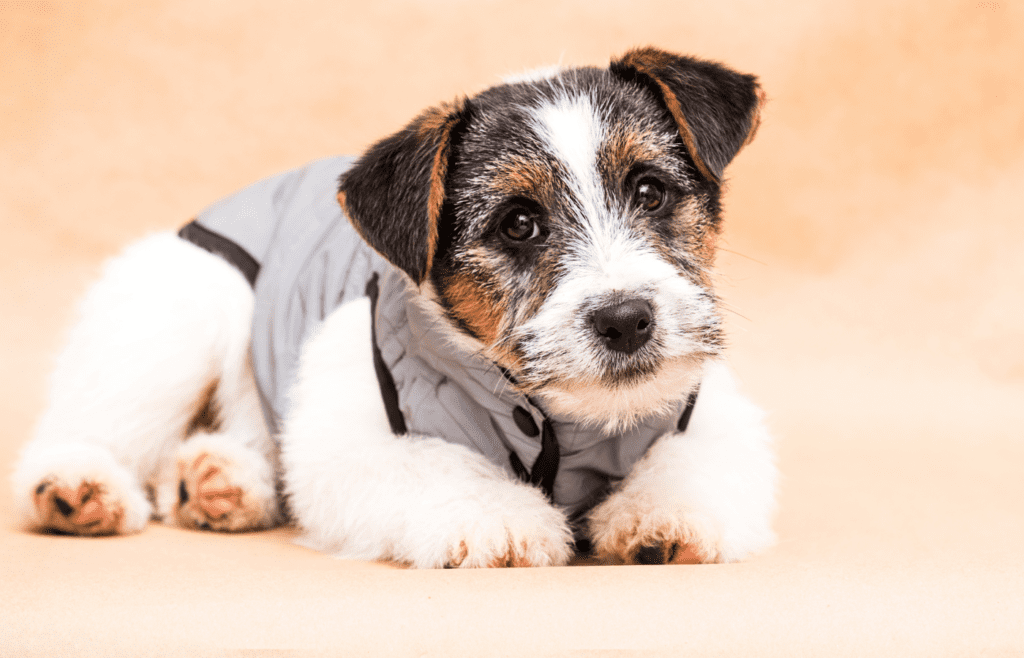
Anti-anxiety garments for dogs are essentially a breathable type of vest that applies gentle, but constant hugging pressure that helps calm a dog.
These devices help calm dogs that have fears of loud noises, separation anxiety, or travel anxiety.
8. Give Your Dog a Calming Supplement
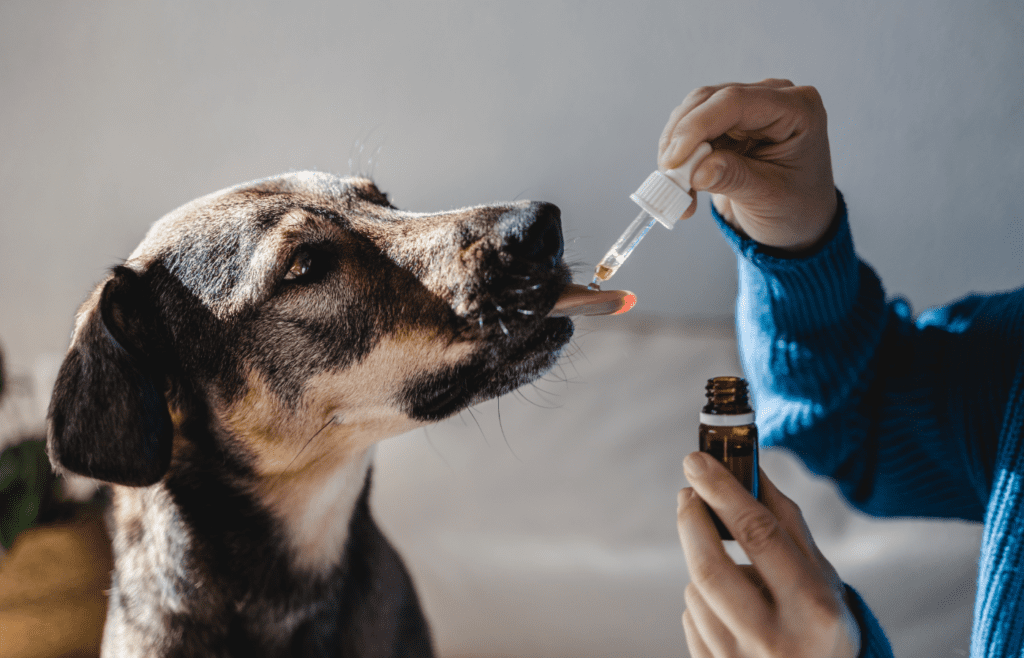
Certain supplements can help lower cortisol levels and ease stress in dogs.
The most common are those containing containing L-theanine, valerian, chamomile, or milk proteins. Before giving your dog any settlement, consult with a veterinarian first.
9. When to Consult a Veterinarian
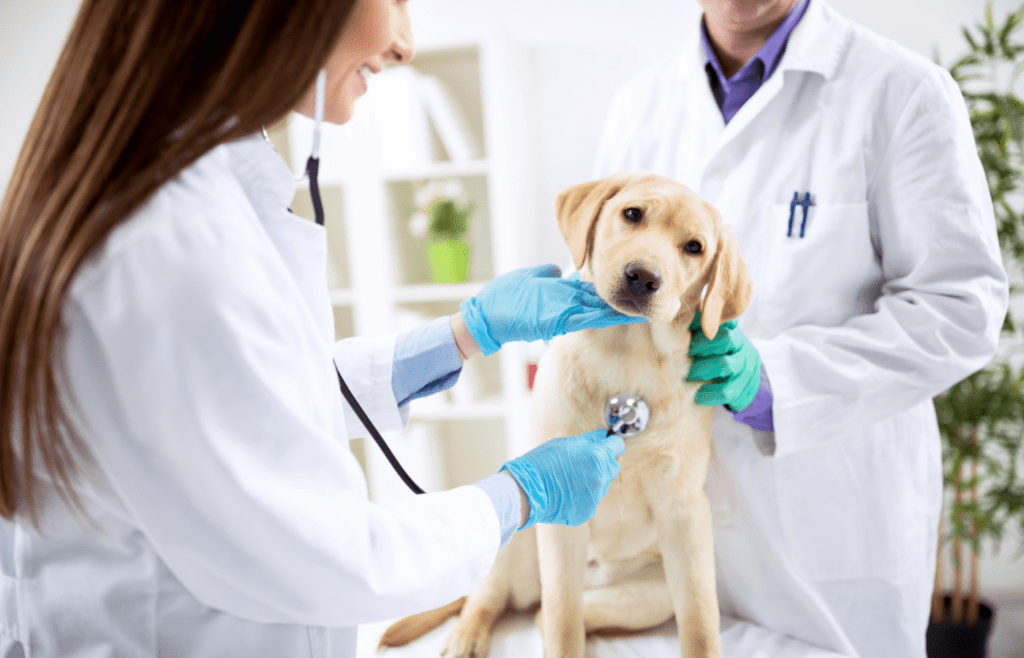
If you are unable to calm your dog using any of the above suggestions, you should seek advice from a veterinarian.
Also, if your dog develops any other symptoms in addition to anxiety, you might want to seek help from a veterinarian rather than trying to diagnose the issue yourself.
Read More: Heatwave Safety for Dogs: What You Should Know

